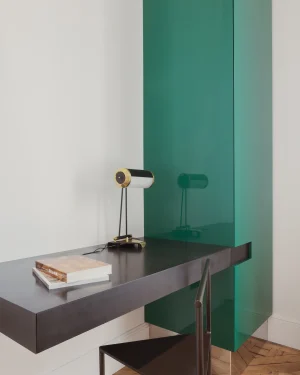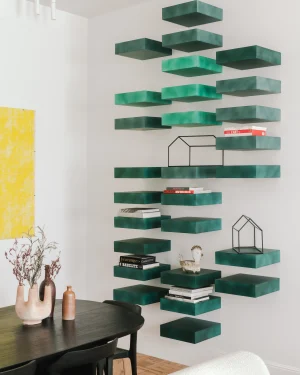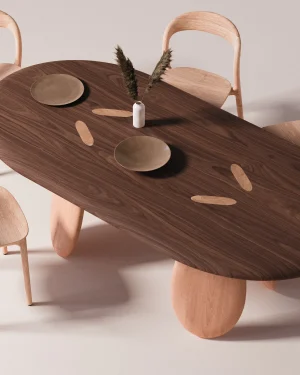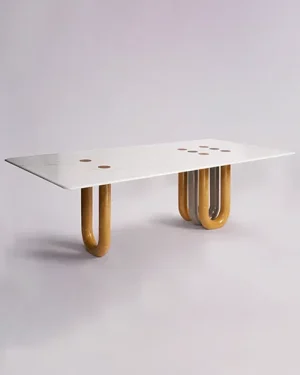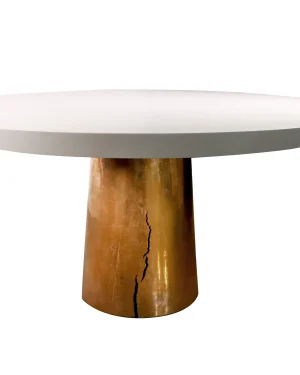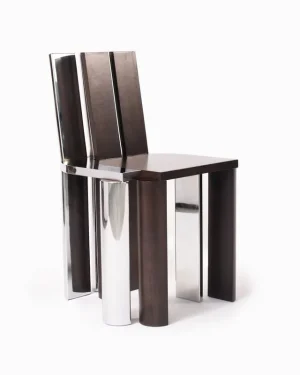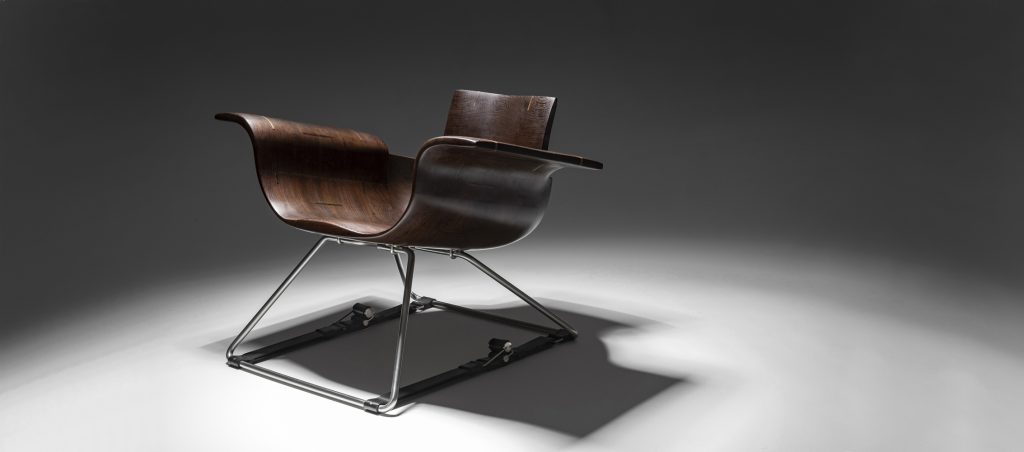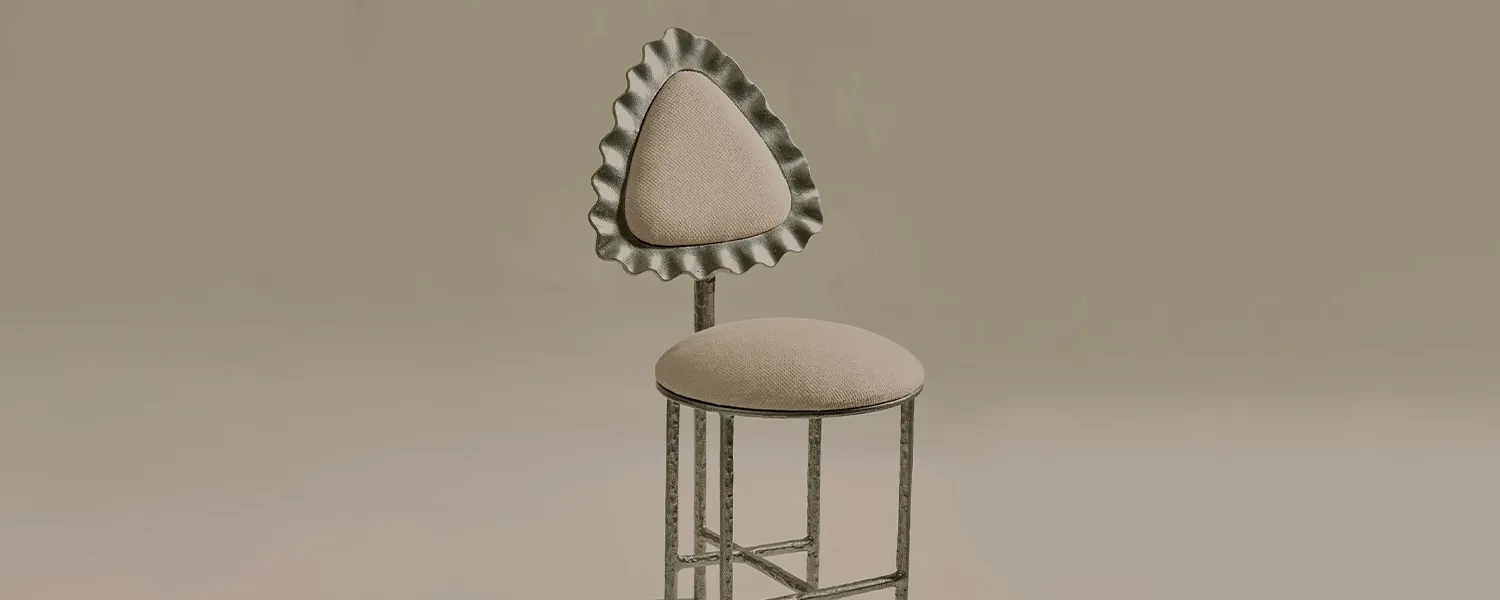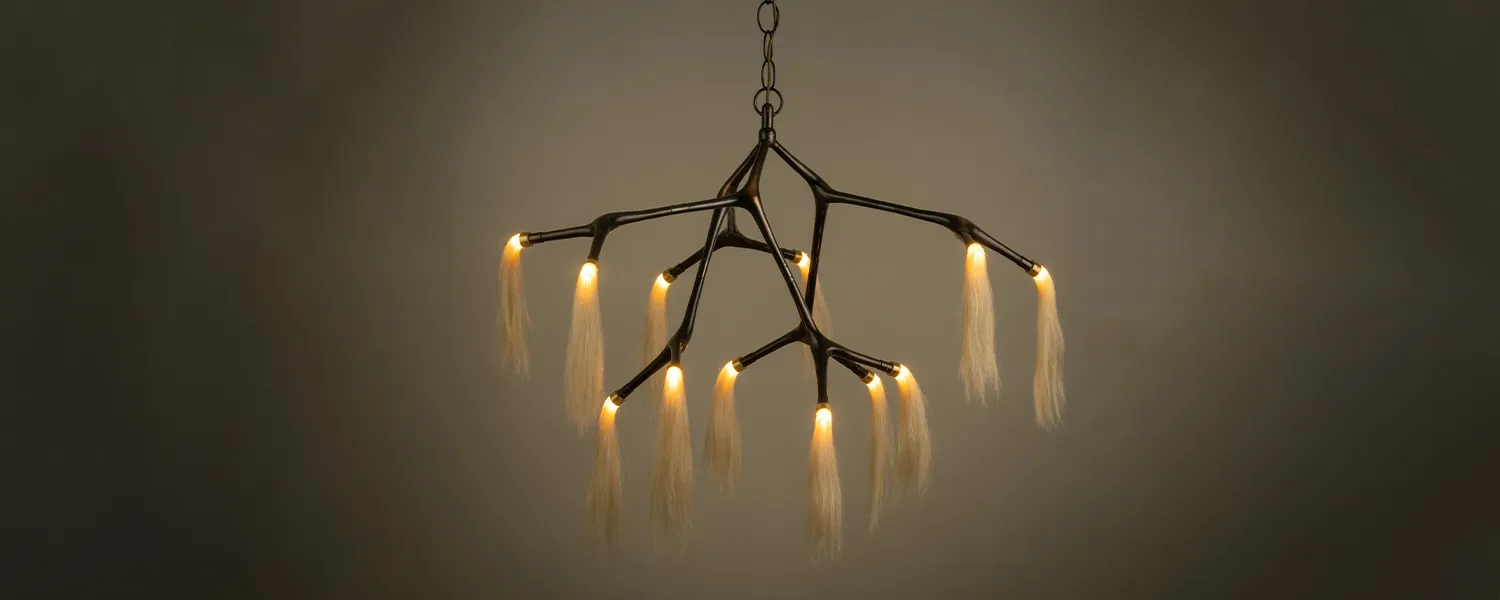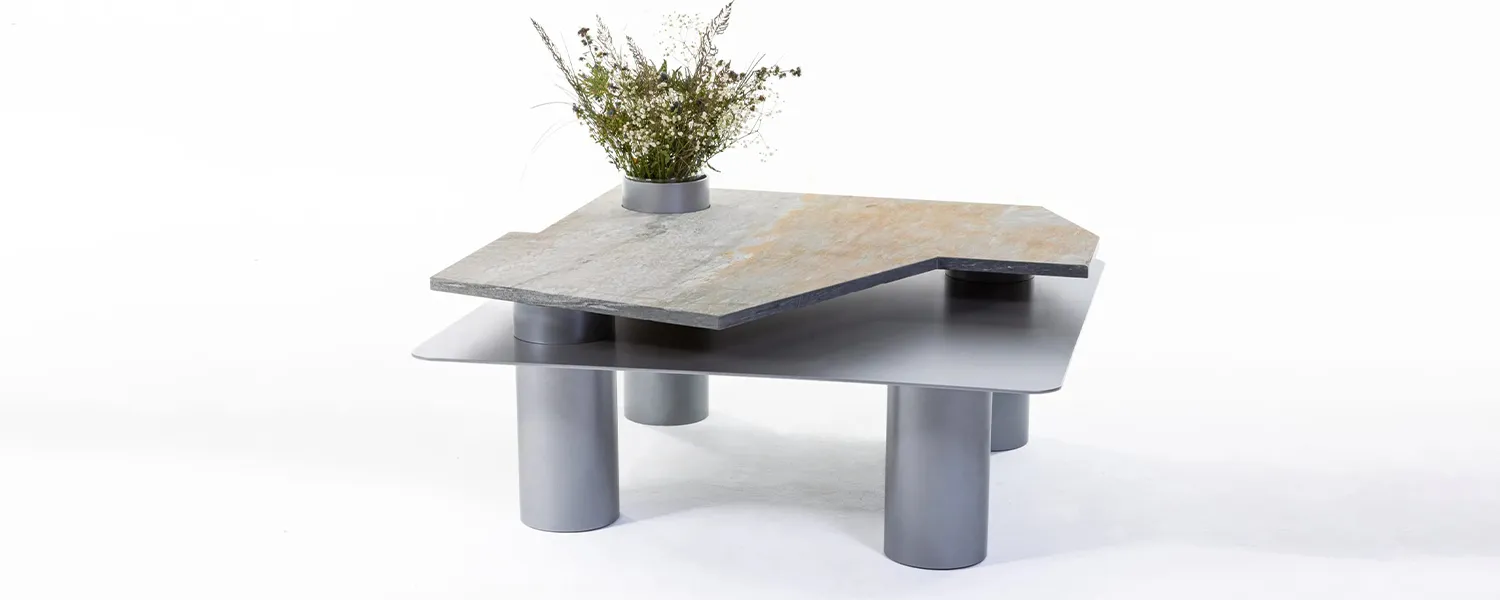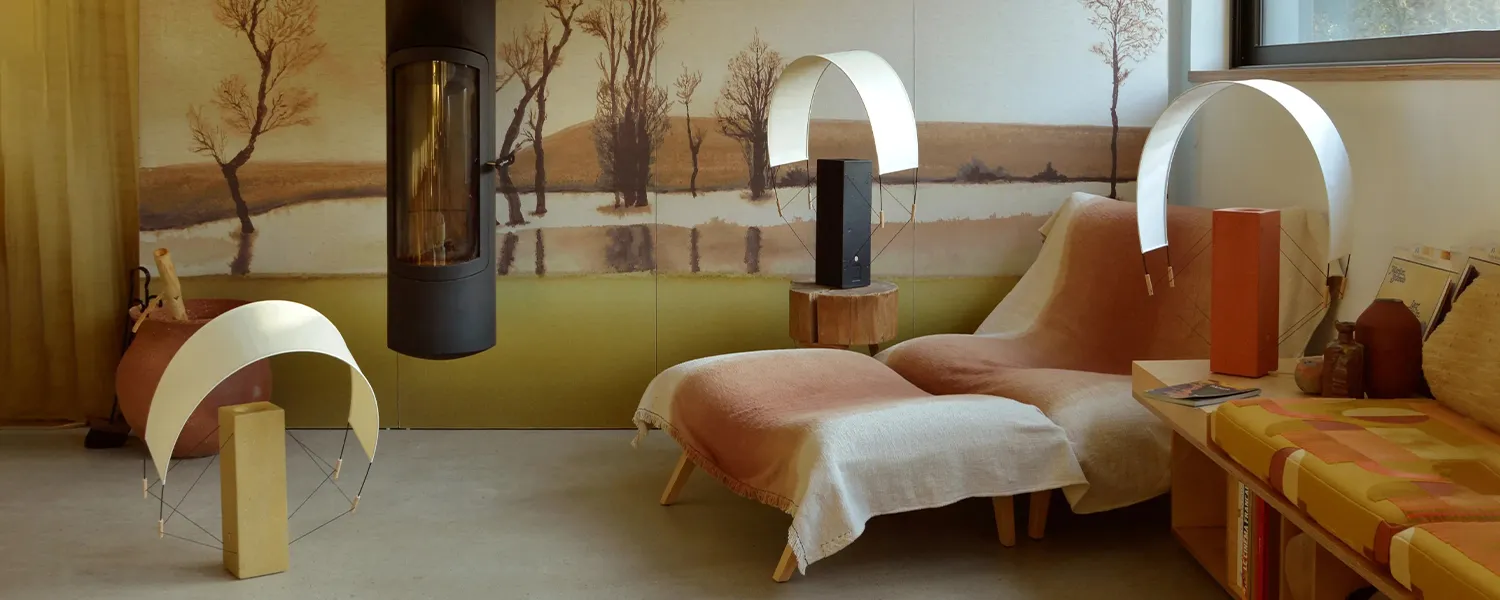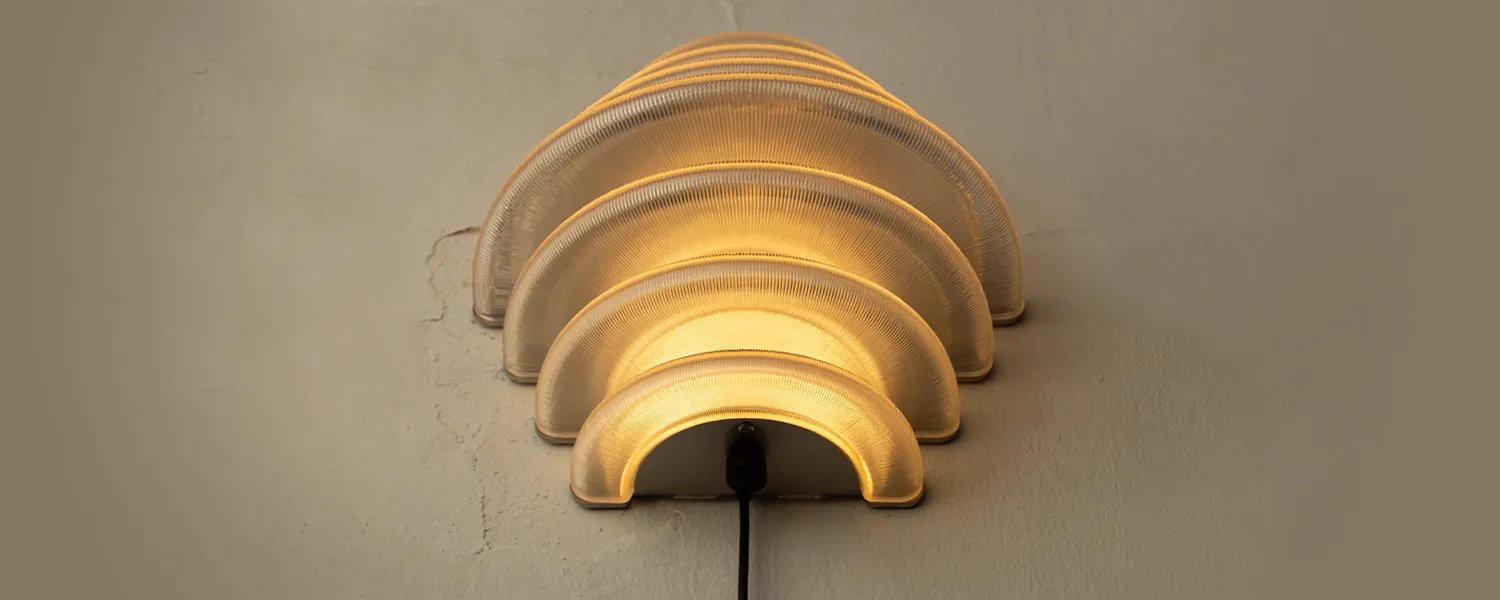
The Simple Elegance of Minimalist Design
Minimalist Design is a style that celebrates simplicity and clarity, focusing on essential elements and clean lines to create a sense of harmony and tranquility. With a rich history and distinct characteristics, this design style embodies the “less is more” philosophy, making each minimalist piece an expression of elegance and functionality.
What is Minimalist Design?
Minimalist design is an artistic approach that emphasizes simplicity, functionality, and the elimination of unnecessary elements. It seeks to distill the essence of a concept, object, or space by stripping away excess ornamentation, intricate details, and superfluous features. Rooted in the “less is more” philosophy, minimalist design relies on clean lines, a limited color palette, and a focus on essential elements, thereby creating a sense of tranquility and elegance.
This design ethos extends across various disciplines, including architecture, interior design, visual arts, and even lifestyle choices, promoting a deliberate and mindful existence where each element serves a purpose and contributes to a harmonious whole.


The Origins of Minimalist Design
Emerging in the early 20th century and gaining prominence during the 1960s, Minimalist Design evolved as a deliberate reaction against the overwhelming opulence and cluttered visual landscapes of its time. It drew inspiration from influential art movements such as Bauhaus, De Stijl, and Japanese Zen aesthetics, all of which championed the virtues of simplicity and functionality.
Originating in Western Europe, this design philosophy quickly transcended borders, becoming a global phenomenon. Rooted in a response to the rapid pace and consumer-driven nature of society, Minimalist Design sought to craft environments that exuded calmness and concentration. At its core was the belief that by eliminating superfluous elements, the intrinsic qualities of a creation could be accentuated, ultimately heightening its overall functionality and experiential impact.


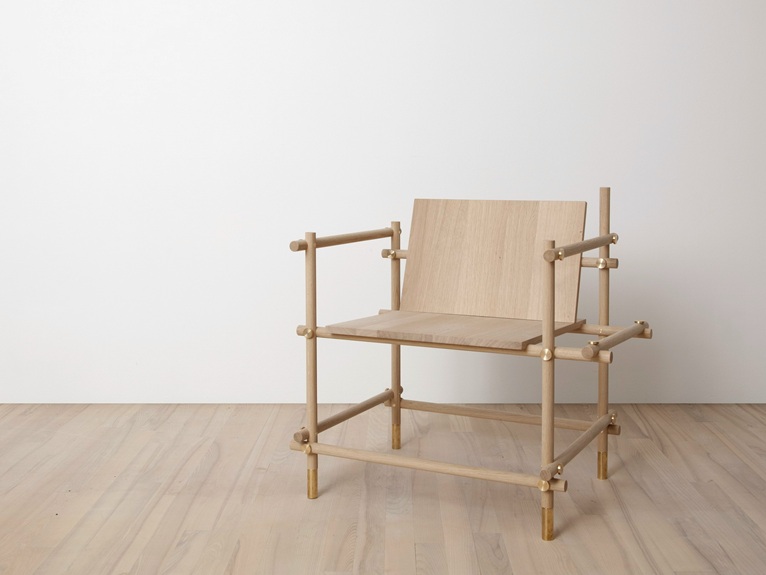

See More Like This: Visit Our Online Gallery of Minimalist Designs
What are the Key Characteristics of Minimalist Design?
Minimalist design is characterized by several key principles that contribute to its distinct and impactful aesthetic:
- Simplicity: The central tenet of minimalist design is simplicity. It seeks to reduce designs to their essential elements, eliminating unnecessary ornamentation and complexity. Clean lines, basic shapes, and uncluttered spaces define this approach.
- Functionality: Minimalist design prioritizes functionality and purpose. Every element within a design is chosen for its practical utility, ensuring that each component serves a clear and necessary role.
- Neutral Color Palette: Minimalist designs often feature a neutral color palette consisting of whites, blacks, grays, and muted tones. This helps create a serene and cohesive visual experience while avoiding distractions.
- Limited Materials: The use of a restrained selection of materials is common in minimalist design. This enhances the focus on the form and structure of the design itself rather than the materials used.


Current Views in Contemporary Art and Design
In the contemporary art and design landscape, minimalist design has gained prominence as a revered aesthetic that embraces simplicity, functionality, and an elegant sense of restraint. Current world views on minimalist design emphasize its ability to create spaces that exude calm, decluttered serenity amidst the complexities of modern life. This approach is characterized by the deliberate use of clean lines, neutral color palettes, and a focus on essential elements, offering a visual respite that resonates with individuals seeking clarity and mindfulness in their surroundings.
Minimalist design’s appeal lies in its ability to convey more with less—striving to distill design elements down to their core essence. This design philosophy aligns with contemporary desires for sustainability and intentional living, encouraging the thoughtful selection of items that bring joy and purpose. Minimalism’s influence extends beyond aesthetics, fostering a mindset that values quality over quantity and promoting a clutter-free environment that contributes to mental well-being.
The prevailing viewpoint on minimalist design celebrates its enduring relevance in an era where information overload and sensory stimuli are prevalent. It encourages the creation of interiors that emphasize functionality and efficiency, often featuring multifunctional furniture and integrated storage solutions. As a response to the fast-paced digital age, minimalist design offers a sanctuary of simplicity, allowing individuals to find tranquility and balance through a curated and purposeful approach to their living spaces.
Read Now: 10 Alluring Minimalist Tables with a Sophisticated Touch
The Impact of Minimalist Design on the Art World
Minimalist design has exerted a profound impact on the art world, reshaping aesthetic sensibilities and challenging traditional notions of artistic expression. Emerging as a reaction against the excesses of previous artistic movements, minimalism’s emphasis on simplicity, functionality, and reduction of unique elements sparked a significant shift in artistic paradigms. This approach prompted artists to explore new ways of engaging with space, form, and materials, leading to the creation of artworks that exude a sense of purity and contemplation.
The emergence of minimalist design has had a profound impact on various other design areas, influencing trends, aesthetics, and the overall approach to creating functional and streamlined spaces.
- Interior Design: Minimalist design has shifted interiors towards functionality and clean lines, encouraging intentional curation of neutral spaces that prioritize purposeful living.
- Product Design: Minimalist influence is seen in functional, enduring products with sleek aesthetics, emphasizing quality materials and craftsmanship that align with a “less is more” mentality.
- Graphic Design: Minimalist principles have led to clear and impactful visual communication with uncluttered layouts, simple typography, and user-friendly digital interfaces.
- Fashion Design: Minimalist fashion embraces sleek silhouettes and monochromatic palettes, focusing on versatile and comfortable pieces that exude timeless simplicity.
- Architecture: Minimalist design inspires structures that harmonize with surroundings, emphasizing clean lines, efficient spaces, and abundant natural light, fostering sustainable and functional architectural solutions.


Read Now: 11 Striking Minimalist Lamps and Lights for an Elegant Interior
Conclusion
In conclusion, minimalist design stands as a timeless testament to the enduring power of simplicity and purposefulness in creative expression. Rooted in a deliberate rejection of excess and ornamentation, minimalist design has transcended decades, leaving an indelible mark on various artistic disciplines and aspects of everyday life. Its principles of simplicity, functionality, and a restrained aesthetic have not only shaped the visual landscape but also offered a sanctuary from the cacophony of modern existence.
Minimalist design invites us to pause, appreciate the beauty in essential forms, and contemplate the harmony that can arise from thoughtful curation. As the world evolves, the allure of minimalist design remains unwavering, reminding us that amidst the complexities of our times, the elegance of “less is more” continues to resonate as a profound and enduring philosophy.




Read Now: 11 Subtle Minimalist Decor For a Simple Home
Discover Minimalist Design on Adorno
-

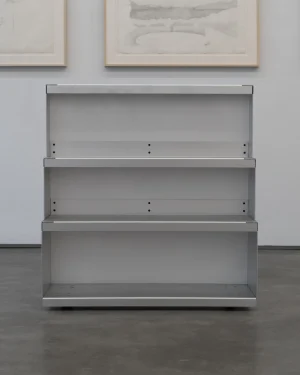 Aluminum Book Cart€2.595 incl. tax
Aluminum Book Cart€2.595 incl. tax -

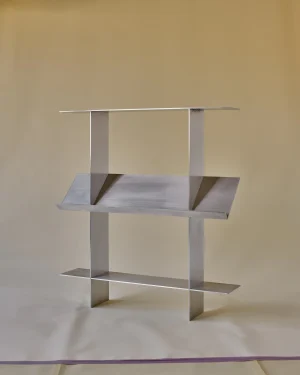 Domino Bookshelf In Aluminum€5.000 incl. tax
Domino Bookshelf In Aluminum€5.000 incl. tax -

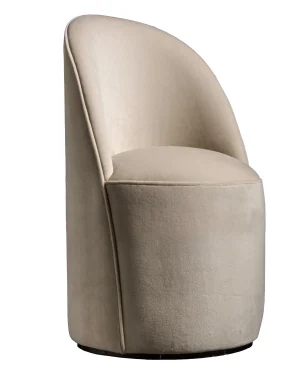 Elisabetta – Modern Swivel Dressing Chair€3.091 incl. tax
Elisabetta – Modern Swivel Dressing Chair€3.091 incl. tax -

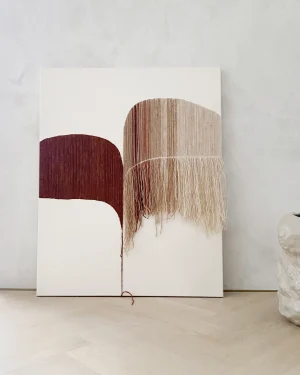 Isaro – Wool & Cotton Wall Hanging€3.300 incl. tax
Isaro – Wool & Cotton Wall Hanging€3.300 incl. tax -

 Tori Table€1.987 incl. tax
Tori Table€1.987 incl. tax -

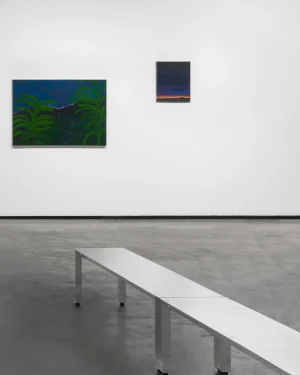 Canto – Aluminum Bench€1.250 – €2.100 incl. tax
Canto – Aluminum Bench€1.250 – €2.100 incl. tax -

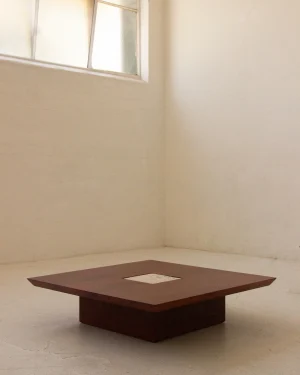 Coffee Table€1.765 incl. tax
Coffee Table€1.765 incl. tax -

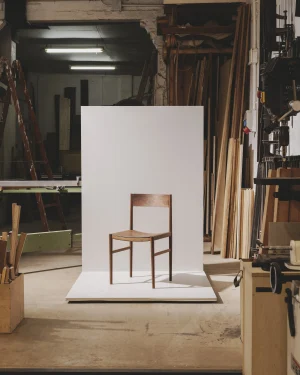 Fina Chair€1.850 – €1.950 incl. tax
Fina Chair€1.850 – €1.950 incl. tax -

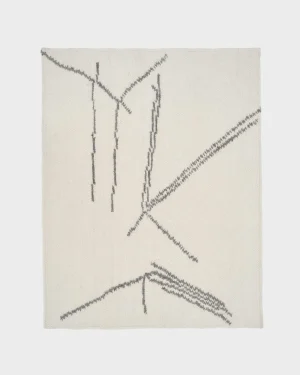 Arren – Woven Wool Rug€1.080 incl. tax
Arren – Woven Wool Rug€1.080 incl. tax -

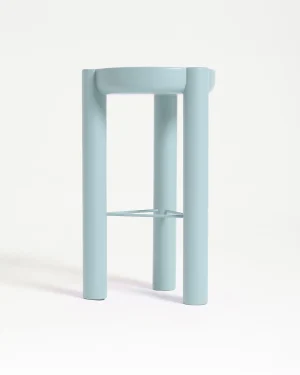 Pillar Bar Stool 3 Legged Wood€830
Pillar Bar Stool 3 Legged Wood€830 -

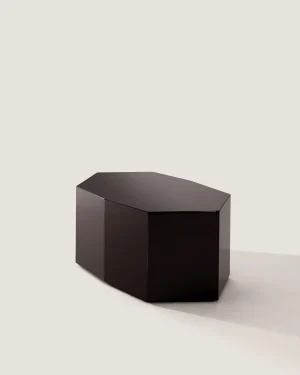 Ame Iii – Lacquer Coffee Table€3.800 incl. tax
Ame Iii – Lacquer Coffee Table€3.800 incl. tax -
Piece on sale

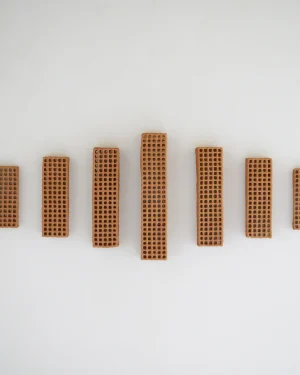 Wall Sculpture N°2€2.200
Wall Sculpture N°2€2.200 -

 Wood Wave Stool€1.130 incl. tax
Wood Wave Stool€1.130 incl. tax -
![[linee] Mirror Polished Steel Lamp](data:image/gif;base64,R0lGODlhAQABAAAAACH5BAEKAAEALAAAAAABAAEAAAICTAEAOw==)
![[linee] Mirror Polished Steel Lamp](https://media.adorno.design/wp-content/uploads/2025/07/30101441/shopcasestudios.com-Lampe_klein_neu_studio-3-300x375.webp) [linee] Mirror Polished Steel Lamp€119 incl. tax
[linee] Mirror Polished Steel Lamp€119 incl. tax -

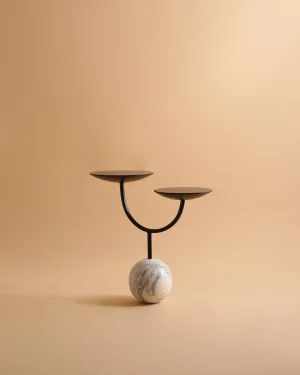 Ball Storey Table€485 incl. tax
Ball Storey Table€485 incl. tax -

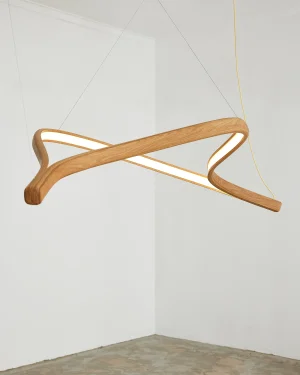 Perola – Oak Wood Pendant Lamp€9.718
Perola – Oak Wood Pendant Lamp€9.718 -

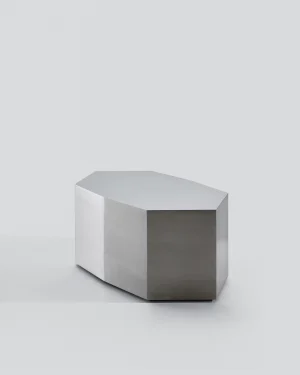 Ame Iii – Steel Coffee Table€5.150 incl. tax
Ame Iii – Steel Coffee Table€5.150 incl. tax -

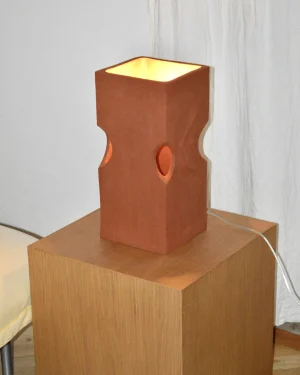 Lamp No. I€2.500
Lamp No. I€2.500 -

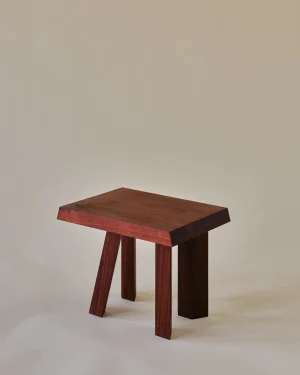 Shear 02 – Walnut Wood Side Table€670 incl. tax
Shear 02 – Walnut Wood Side Table€670 incl. tax -

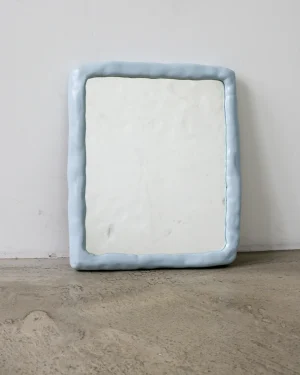 Barney Mirror€420 incl. tax
Barney Mirror€420 incl. tax -

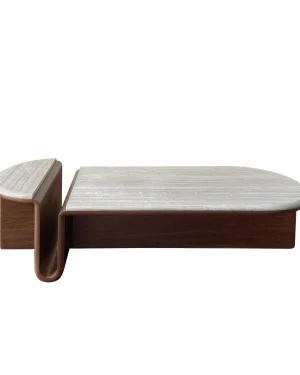 Kanyon – Oval Coffee Table With Marble Top€5.790 incl. tax
Kanyon – Oval Coffee Table With Marble Top€5.790 incl. tax -

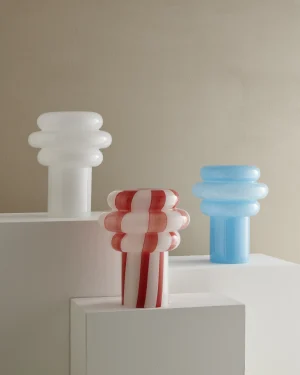 Lolli Blown Glass Table Lamp€700 – €900
Lolli Blown Glass Table Lamp€700 – €900 -
Piece on sale

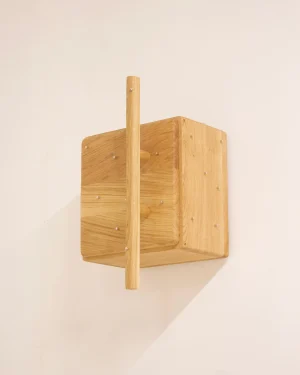 Présence Chest – Oak / Steel€1.400 incl. tax
Présence Chest – Oak / Steel€1.400 incl. tax -

 Lorne Chair€1.500 incl. tax
Lorne Chair€1.500 incl. tax
